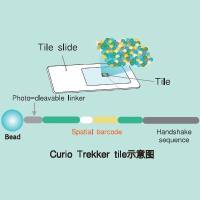A critical part of understanding the mechanism and logic of cellular regulatory networks is understanding where enzymes and their regulatory proteins interact with the genome in vivo. From this, we can determine the genomic features that specify protein binding and simultaneously identify genes or other chromosomal elements whose function is affected by the binding. Recently, methods that combine well-established protocols for chromatin immunoprecipitations (1 –6 ) with the surveying power of DNA microarrays have allowed researchers to create high-resolution, genomewide maps of the interaction between DNA-associated proteins and DNA (7 –9 ). Many variations of the method have been published, but all contain the same basic steps (10 ): growth of cells, fixation, extract preparation, immunoprecipitation, fixation reversal, DNA purification, DNA amplification, microarray hybridization, and data analysis. The purpose here is to detail a single experimental method in yeast from start to finish, rather than to review all of the different protocols that have been used. The method described in this chapter worked for a particular set of DNA-associated proteins (Rap1p, Sir2p, Sir3p, and Sir4p), and their corresponding antibody-antigen interactions (8 ). Since the strength, specificity, and mechanism of antibody-antigen and protein-DNA association vary widely, this protocol should be viewed as a starting point, rather than an absolute procedure.






